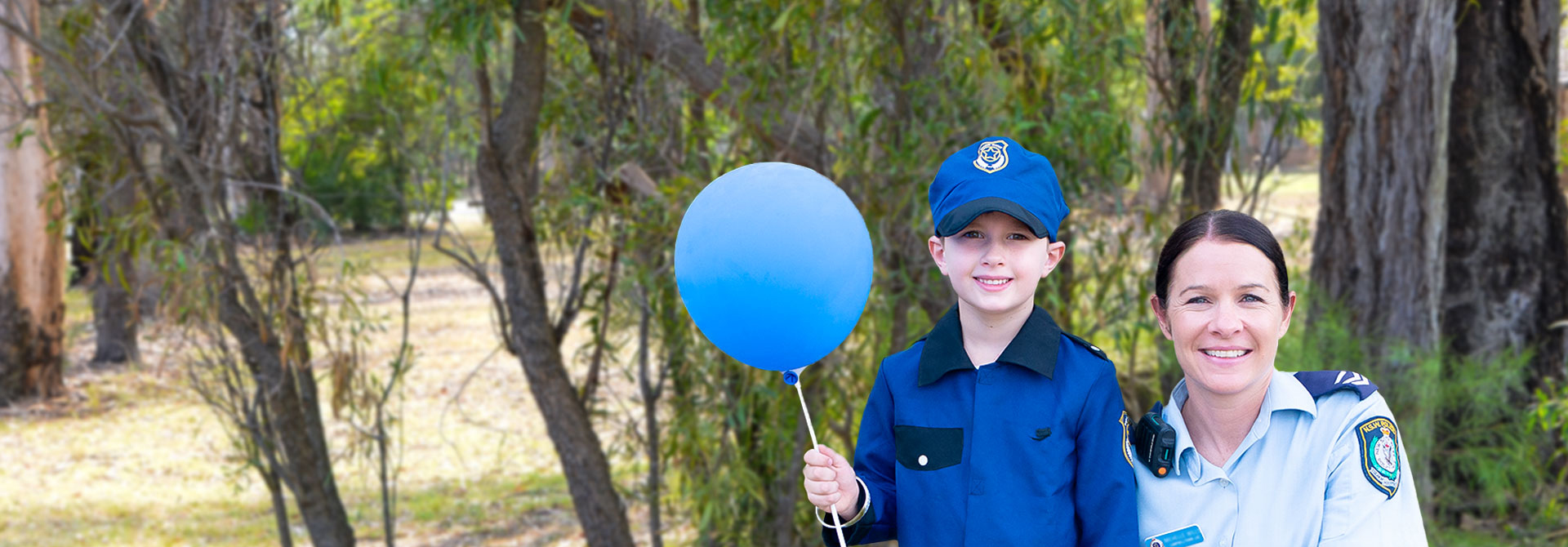Members of the public are invited to participate in a research study on the impact of the NSW Police Force Body-worn camera Phase 2 Deployment. The study is being conducted by Dr Amanda Davies from the School of Policing Studies at the Charles Sturt University.
Participation in completing the online survey is anonymous and it will not be possible to identify your answers.
Participate in this research project by visiting http://survey.qa/F65o5i
Police Forces worldwide have actively used video evidence to support criminal investigations and prosecutions at court. Sources of video content available include:
- CCTV
- Taser footage
- Police vehicle systems (in-car videos)
- Police hand held cameras.
The introduction of the Body-Worn Video (BWV) equipment will allow police officers to gather information and evidence as it happens. It will also provide police with the ability to present visual and audio evidence at court.
Over the past few years the NSWPF has initiated the Body Worn Video Project and has successfully trialled BWV Camera technology at two Local Area Commands.
The findings from these trials have highlighted the obvious benefits of future implementation and as of October 2016 a total of 311 camera were rolled out across 21 sites including Public Order and Riot Squad, Police Transport Command, Strike Force Raptor, Eastern Beaches, Kempsey, Kings Cross and Botany Bay.
BWV Phase 2 will realise the intent of the Ministerial announcement made in 2014 and shall deploy:
- BWV camera devices and supporting infrastructure to all PACs and PDs state wide and to selected Specialist Commands on an as-needs basis
- Archive and deletion capability for NSWPF systems according to NSW State Records Policy
- System refinements and incremental functionality
Legislation
The Surveillance Devices Act has been amended to allow NSW Police to use BWV in public places and private situations. The use of BWV is specifically to be overt as prescribed by the Surveillance Devices Act.
The use of BWV by Police is prescribed in the Surveillance Devices Act. All BWV recordings will be securely stored, managed and processed in line with relevant legislation, policy and procedures including:
Research
Research identified from local and international trials suggest that BWV has great merit in the field of law enforcement. The ability to record events electronically as they occur has a range of benefits, specifically relating to the gathering of evidence. Police agencies using BWV have noted positive results and benefits, including:
- Lower incidence and escalation of violence
- Reduced 'not guilty' pleas and increased cooperation from the public
- Improved officer conduct, professionalism and reduced complaints
- Improved offender behaviour
- Increased time on patrol and reduced officer time spent on paperwork
- Video footage for use in training and to support improved police education
- Reduced officer injuries
- Improved collection of evidence
- Enhanced brief of evidence preparation, including statements
Frequently Asked Questions
Why are police using BWV?
Research identified from local and international trials suggest that BWV has great merit in the field of law enforcement. The ability to record events electronically as they occur has a range of benefits, specifically relating to the gathering of evidence. Police agencies using BWV have noted positive results and benefits, including:
- Lower incidence and escalation of violence
- Reduced 'not guilty' pleas and increased cooperation from the public
- Improved officer conduct, professionalism and reduced complaints
- Improved offender behaviour
- Increased time on patrol and reduced officer time spent on paperwork
- Video content for use in training and to support improved police education
- Reduced officer injuries
- Improved collection of evidence
- Enhanced brief of evidence preparation, including statements
Has the NSW Police Force trialled BWV?
Yes. In 2013, following reports of successful overseas trials, the NSW Police Force conducted an extensive trial of BWV camera technology. The trial was undertaken at Brisbane Water Local Area Command, South West Metropolitan Region Enforcement Squad, the Police Transport Command and the Public Order and Riot Squad. The trial was extended into 2014 using additional Local Area Command sites.
In May 2014 the NSW Government announced a $4 million dollar contribution to be provided to the NSWPF over two financial years to aid implementation of BWV technology into operational policing.
Which officers will be using BWV?
The BWV Phase 1 Project deployed BWV cameras and the BWV system to the following LAC/Locations in October / November 2016:
- Botany Bay Police Area Command
- Kings Cross Police Area Command
- Eastern Beaches Police Area Command
- Mid North Coast Police District
- Richmond Police District
- Police Transport Command
- Public Order and Riot Squad
- Strike Force Raptor
The Body Worn Video Phase 2 project will deploy to 490 sites between May 2018 and 30 November 2018.
How does the BWV camera work?
BWV records wide view vision and high-quality audio of officer interactions with the public in all environments in which they operate. The cameras will constantly view the environment but will require the officer to initiate recording to capture the footage in the memory. All recorded images are the property of the NSW Police Force and must be downloaded to the secure computer-based BWV management system at the completion of each shift.
When will officers be using BWV? Will it always be on?
BMV will only record when the officer has initiated it by pushing the record button.
The use of BWV will be at the officer’s discretion and will generally be incident specific. However it is expected the BWV device would be activated:
- When police would normally use their official police notebook to record information (this does not replace the need to use a police notebook in such situations)
- To capture evidence or record something of relevance
- When exercising a police power
- Performing a policing function
- As part of first response crime and incident investigation
- General patrolling of Licensed Premises, public transport and other public areas
- Whilst conducting vehicle stops
- During conversation with members of the public which may relate to an incident, is relevant to an investigation, or is possibly valuable police or crime related information
- In situations where the use of force is anticipated
What will recordings be used for?
Body-Worn Video recordings are classified as ‘protected information’ under Section 39 of the Surveillance Devices Act and must be securely stored and managed. Recordings can only be used if permitted under Part 5 of the Act. BWV content can, for example, be used in connection with the exercise of a law enforcement function, to investigate and prosecute a criminal offence, to investigate disciplinary matters and for education and training purposes by the NSW Police Force.
The Surveillance Devices Act 2007 also prohibits the unlawful use, communication or publication of protected information. Section 40 of the Act creates offences for the unauthorised release of information by a person in the following circumstances:
- Intentionally, knowingly or recklessly uses, communicates or publishes any protected information
- Intends to endanger the health or safety of any person or prejudice the effective conduct of an investigation into a relevant offence
Penalties for such offences range from two (2) to seven (7) years imprisonment.

